- Dandruff often returns because the fungus that causes it isn’t completely eliminated by treatments.
- Stress, hormones, and inconsistent treatment also play a big role in dandruff coming back.
- Some people are just more prone to dandruff due to their genes or immune system.
TLDR: Dandruff often comes back because treatments don’t fully get rid of the fungus that causes it, and factors like stress, hormones, and inconsistent care can trigger its return. Some people are also simply more susceptible to recurring dandruff.
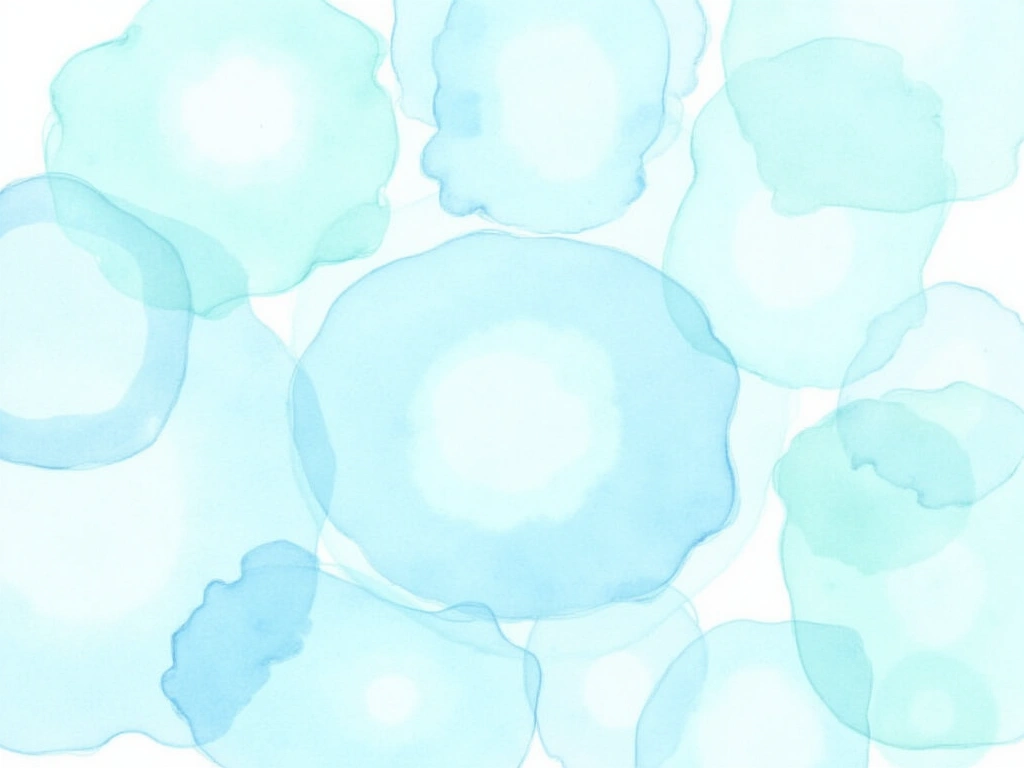
What is Dandruff and Why is it Chronic?
Dandruff, also known as pityriasis capitis, is a scalp condition where you see white or grayish flakes of skin. It can also make your scalp itchy. It’s a very common issue, affecting about half of adults after puberty, and it’s more common in men and younger adults [1]. Dandruff is considered a milder form of seborrheic dermatitis, a longer-lasting skin condition that can affect oily areas like the scalp, face, and chest.
The main reason dandruff is often chronic, meaning it keeps coming back, is that the fungus Malassezia is usually involved. This fungus lives naturally on everyone’s scalp [2]. Malassezia feeds on the oils on your scalp and can cause irritation and inflammation in some people. This leads to the skin cells on the scalp shedding faster than normal, resulting in those noticeable flakes [3]. Even when you use anti-dandruff shampoos, Malassezia may not be completely eliminated, and it can easily grow back once you stop treatment.

Key Factors Behind Recurring Dandruff
Several things contribute to why dandruff tends to return. Let’s break down the main reasons:
1. Persistent Fungus
Anti-dandruff shampoos and treatments often contain antifungals like ketoconazole. These can reduce the amount of Malassezia on your scalp, but they might not get rid of it completely, especially fungus that’s deeper in the skin [[8](https://onlinelibrary.wiley.com/doi/abs/10.1111/j.1365-2230.1996 tb00777.x)]. So, even after treatment, Malassezia can still be present and start to multiply again, leading to dandruff returning [9].
2. Dandruff is a Chronic Condition
Dandruff is often a long-term condition, not just a temporary problem. This means it can flare up again and again. Certain triggers can make dandruff worse or cause it to return, such as:
- Stress: Stress can affect your skin and make dandruff more noticeable.
- Hormonal Changes: Changes in hormones can increase oil production on your scalp, feeding Malassezia.
- Seasonal Changes: Dandruff can worsen in the winter for many people, possibly due to drier air [[10](https://onlinelibrary.wiley.com/doi/abs/10.1111/j.1365-2133.1989 tb07790.x)].
Because of these ongoing factors, dandruff can be a recurring issue.
3. Inconsistent or Inadequate Treatment
How you use dandruff treatments matters a lot. If you don’t use them correctly or consistently, dandruff can easily come back. Common issues include:
- Stopping treatment too soon: People might stop using anti-dandruff shampoo once their flakes disappear, but Malassezia may still be present.
- Not using treatments often enough: Anti-dandruff shampoos often need to be used regularly to keep Malassezia under control.
- Using the wrong treatments: Over-the-counter shampoos might not be strong enough for everyone, and some people might need prescription treatments.
Incorrect use of treatments can lead to dandruff returning because the underlying issue isn’t fully managed [11]. Also, some people might have skin reactions to shampoos, making the problem seem worse [12].
4. Individual Susceptibility
Genetics and your immune system also play a role in dandruff recurrence. Some people are simply more prone to dandruff than others.
- Genetics: Your genes can affect how your skin cells develop, making some scalps more vulnerable to dandruff [5].
- Immune System: A weakened immune system can make dandruff worse. Conditions like HIV or Parkinson’s disease, which affect the immune system, are linked to more severe and recurring dandruff [6]. Inflammation caused by the body’s response to Malassezia also contributes to dandruff [7].
These individual factors mean that some people will naturally experience dandruff more frequently and persistently.
Summary of Reasons for Dandruff Recurrence
| Reason | Details | Supporting Evidence |
|---|---|---|
| Persistence of Malassezia | Antifungal treatments may not kill all deep-seated yeasts, allowing repopulation. | [[8](https://onlinelibrary.wiley.com/doi/abs/10.1111/j.1365-2230.1996 tb00777.x)], [9] |
| Chronic Nature | Triggers like stress, hormones, and seasons cause flare-ups, maintaining the condition. | [[10](https://onlinelibrary.wiley.com/doi/abs/10.1111/j.1365-2133.1989 tb07790.x)] |
| Inadequate Treatment | Incorrect or inconsistent use of treatments leads to incomplete resolution. | [11], [12] |
| Host Factors | Genetic predisposition, immune suppression, and neurogenic factors increase susceptibility. | [13], [14] |
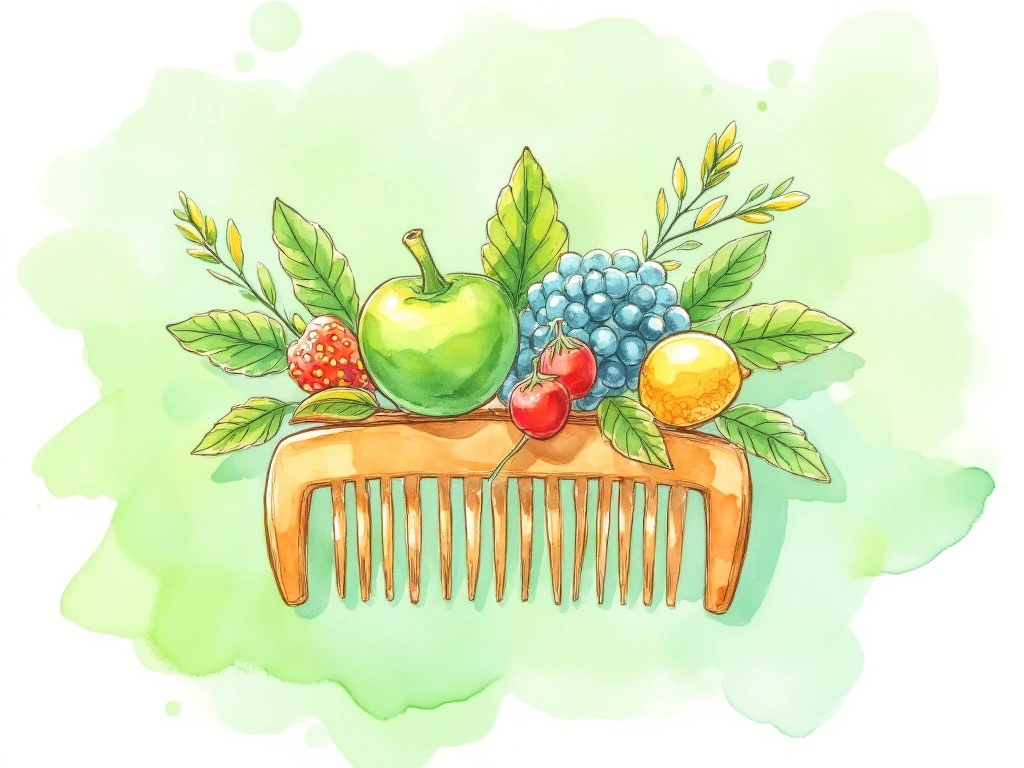
Korean Scalp Care Insights
Korean beauty practices emphasize treating the scalp with the same care as facial skin. This approach views dandruff as a sign of scalp imbalance requiring gentle, consistent attention. Anecdotal evidence from users of Korean scalp care products and routines offers some interesting perspectives.
While expensive Korean scalp spa treatments might provide a luxurious experience, user reviews suggest they may not be a long-term solution for dandruff. Some users felt these treatments were more geared towards tourists and didn’t offer lasting relief.
However, many Korean hair care products have received positive feedback for dandruff control. Key aspects of the Korean approach and product experiences include:
- Scalp as Skin: Treating the scalp like facial skin, using gentle, hydrating products. Some users even apply facial toners, oils, and moisturizers to their scalp.
- Product Examples: Brands like Lador are frequently mentioned for effective dandruff shampoos and scalp treatments. Tea tree oil based products are also popular due to their antifungal properties.
- Home Remedies: Apple cider vinegar rinses, oil treatments (like jojoba or olive oil), and scalp brushing are common home methods used in Korean-inspired routines.
- Gentle Exfoliation: Scalp brushes are highly recommended for removing buildup and stimulating the scalp.
The Korean approach highlights the importance of consistent, gentle scalp care, using products that nourish and balance the scalp rather than harsh treatments that can cause irritation. This aligns with the idea that managing dandruff recurrence requires ongoing care, not just a quick fix.
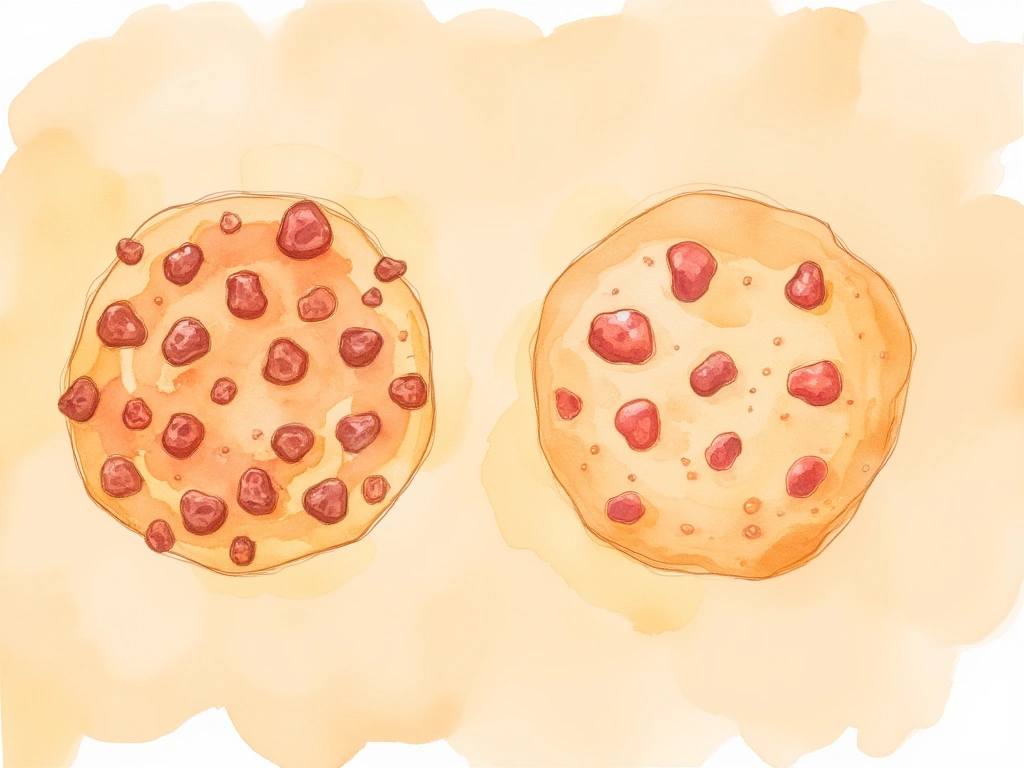
Similar Skin Conditions
Understanding similar skin conditions can give us more context about why dandruff recurs. Seborrheic dermatitis, as mentioned earlier, is closely related to dandruff but can be more widespread. Both involve Malassezia and can flare up due to stress and hormonal changes.
Other recurring skin conditions like eczema and psoriasis also share the frustrating pattern of flare-ups and remissions, although their causes are different. Eczema is linked to skin barrier problems, while psoriasis involves an overactive immune system. Looking at these conditions reinforces the idea that chronic skin issues often require ongoing management and attention to triggers.
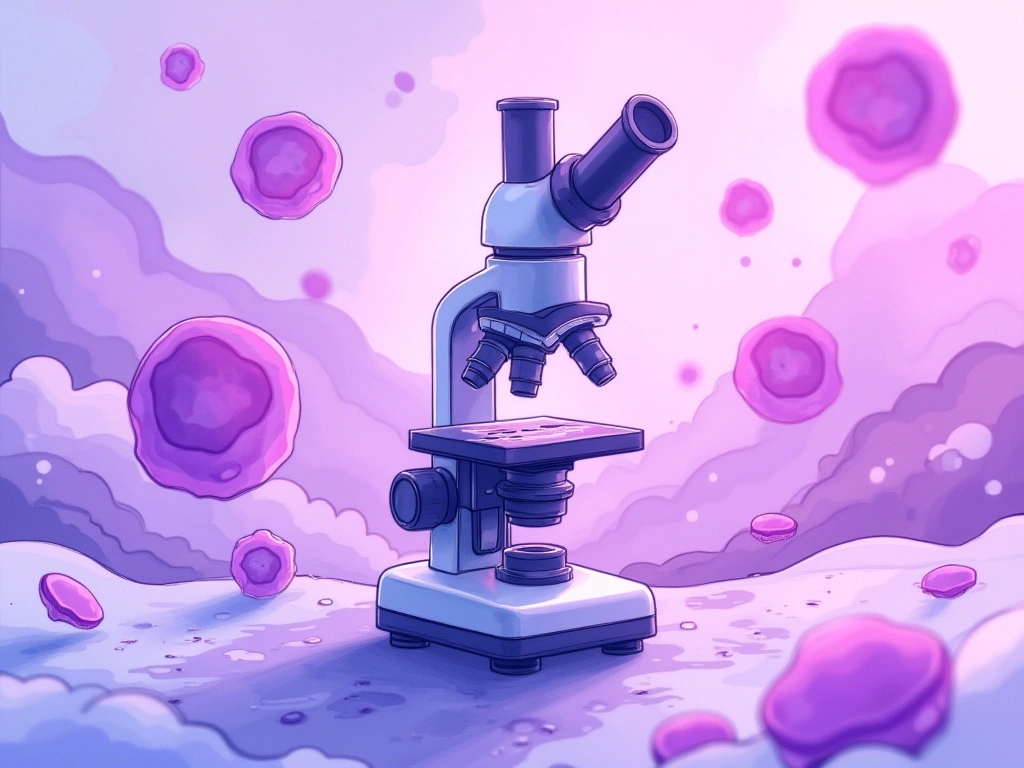
Recent Research and Future Directions
Current research continues to explore dandruff and seborrheic dermatitis, focusing on areas that might explain recurrence and improve treatments. Recent studies suggest:
- Diet and Nutrition: Dietary factors and obesity may play a role in seborrheic dermatitis [16].
- Microbiome: Changes in the scalp microbiome (the community of microorganisms on the scalp) are being investigated as potential factors in dandruff [15].
This suggests that future dandruff treatments might become more personalized, considering individual factors like diet, lifestyle, and the scalp’s unique microbiome. There’s a move towards understanding and addressing the root causes of dandruff recurrence for more effective, long-term solutions.
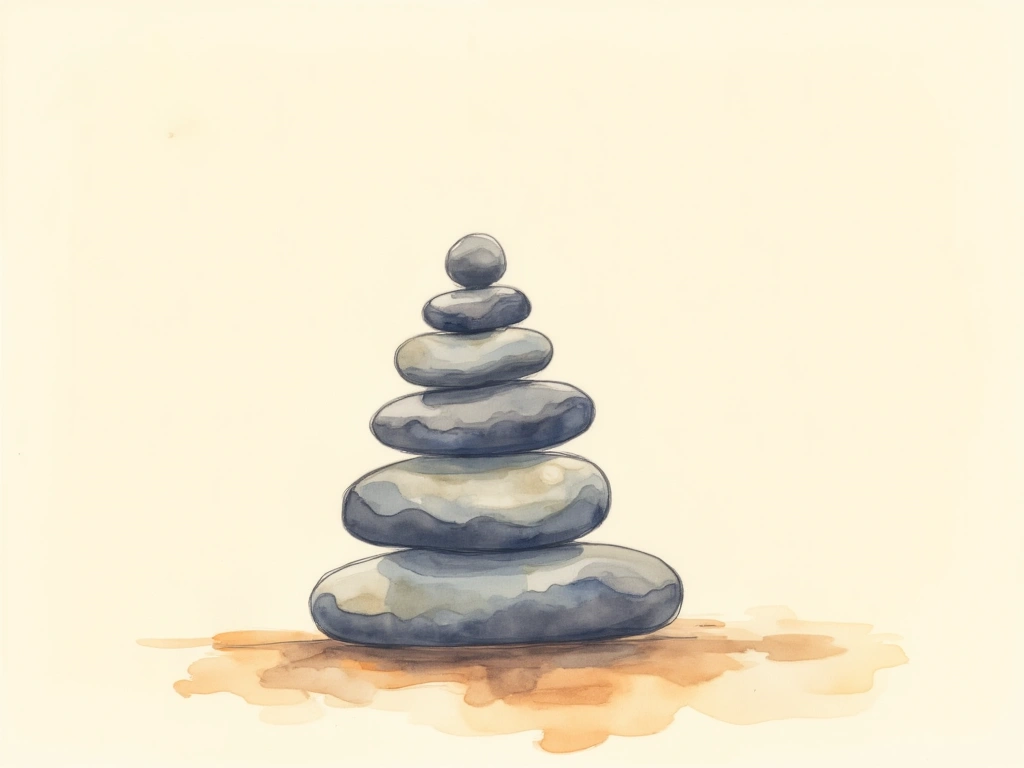
Conclusion and Key Takeaways
Dandruff recurrence is a complex issue rooted in the persistent nature of Malassezia, the chronic aspect of the condition, treatment approaches, and individual predispositions. Effective dandruff management isn’t just about treating flare-ups but also about consistent scalp care and understanding personal triggers.
- Persistent Malassezia: The fungus that causes dandruff is hard to eliminate completely, leading to potential regrowth.
- Chronic Nature: Dandruff is often a long-term condition influenced by stress, hormones, and seasonal changes.
- Treatment Consistency: Inconsistent or incorrect use of anti-dandruff treatments is a major factor in recurrence.
- Individual Factors: Genetics and immune responses can make some people more prone to recurring dandruff.
- Scalp Skincare Approach: Treating the scalp gently and consistently, similar to facial skincare, as emphasized in Korean beauty practices, can be beneficial.
- Ongoing Management: Effective dandruff control often requires continuous or preventative treatment to minimize recurrence.
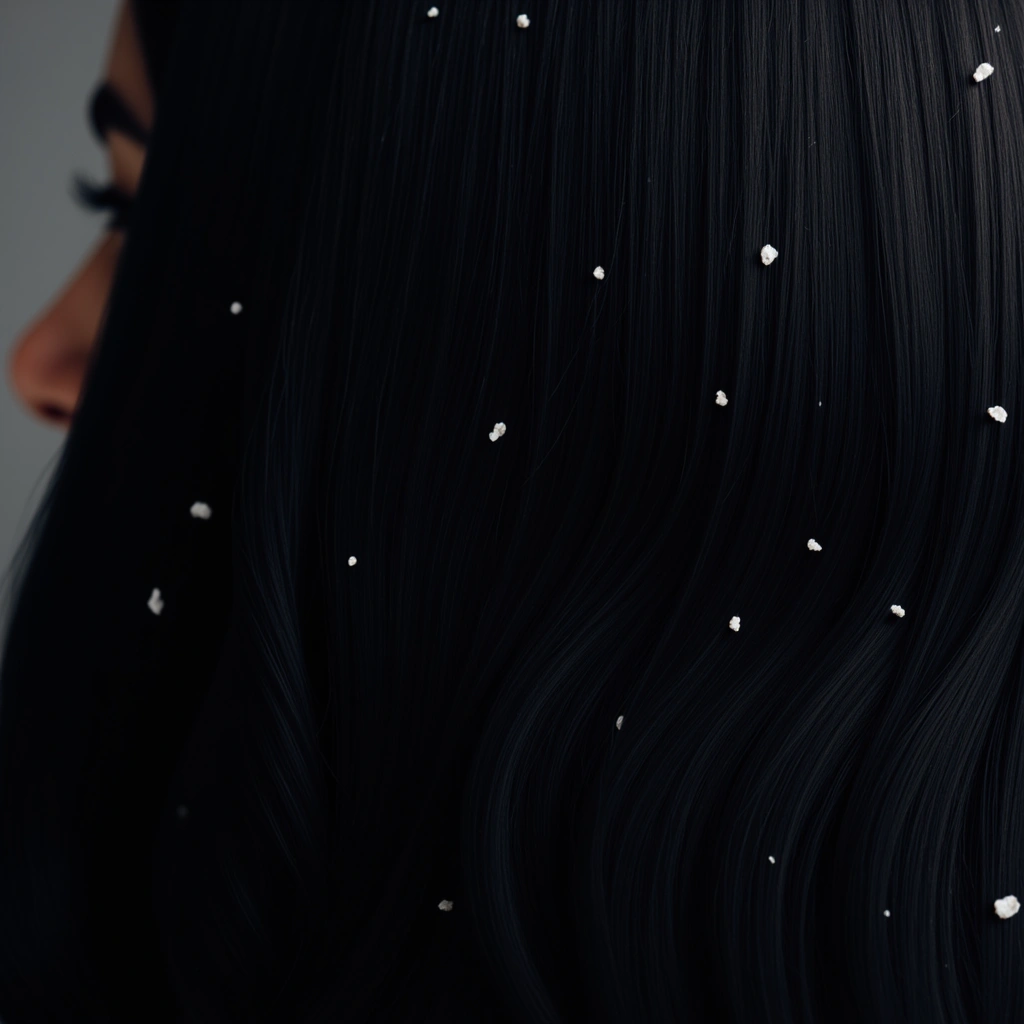
No Comments
Be the first to start a conversation